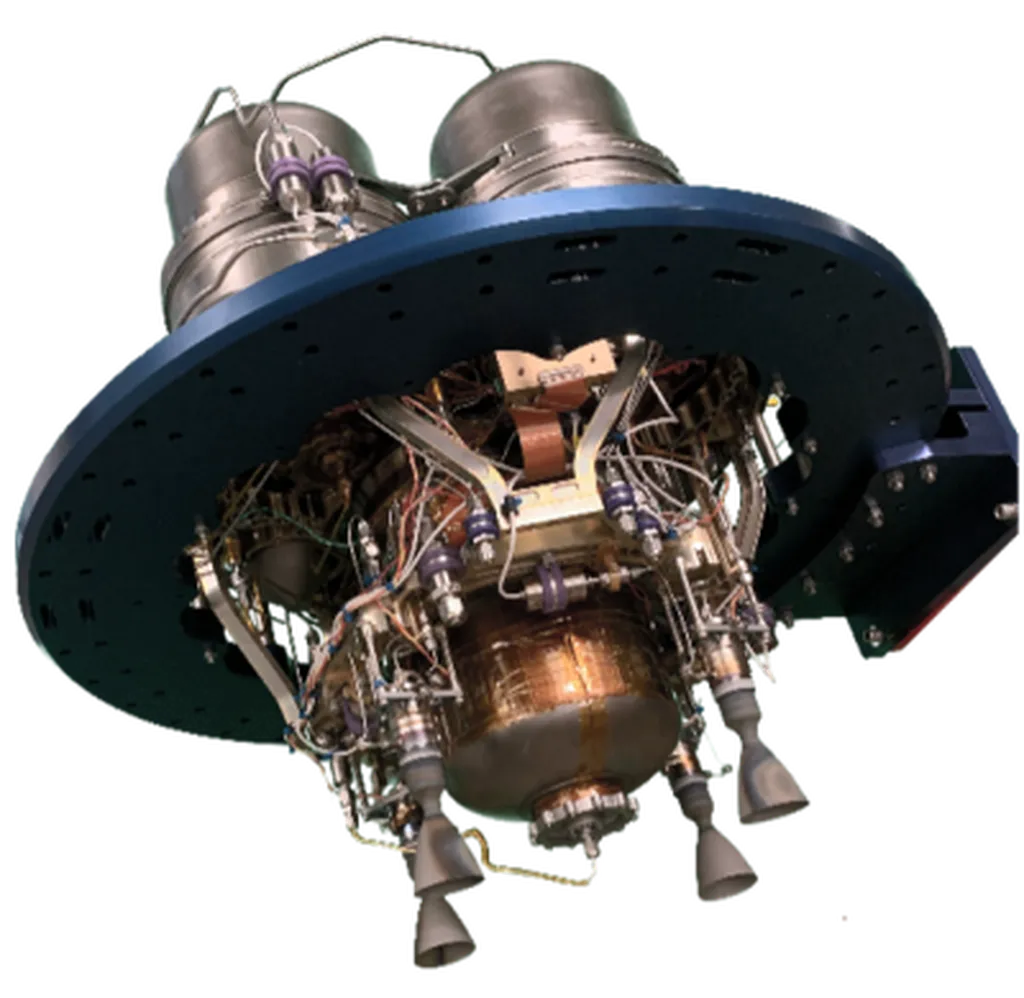In a groundbreaking development that could reshape the landscape of additive manufacturing, researchers have successfully enhanced the electrical conductivity of acrylonitrile butadiene styrene (ABS) filaments by incorporating polypyrrole (PPy). This innovation, published in the journal *Materials Research* (translated as *Pesquisa em Materiais*), opens new avenues for energy-related applications in the construction and manufacturing sectors.
Rodrigo A. F. Silva, the lead author of the study, explains, “Our goal was to address the inherently low conductivity of ABS, a material widely used in 3D printing. By incorporating PPy, we aimed to create conductive filaments that could meet the demands of modern energy applications.”
The research team, led by Silva, explored the modification of ABS filaments by incorporating PPy at concentrations ranging from 0 to 60 weight percent (wt.%). The resulting filaments were subjected to a comprehensive characterization process, including UV-Vis spectroscopy, Fourier-transform infrared spectroscopy (FTIR), scanning electron microscopy (SEM), thermogravimetric analysis (TGA), dynamic mechanical analysis (DMA), and electrochemical impedance spectroscopy (EIS).
One of the most significant findings was the substantial reduction in impedance—by two orders of magnitude—when the PPy content reached 60 wt.%. However, the team encountered a limitation: continuous conductive pathways were not fully established at this concentration. To overcome this challenge, they applied an additional PPy coating to the filament surface, which resulted in a remarkable five-order reduction in impedance and significantly enhanced electrical performance.
Silva notes, “The additional PPy coating was a game-changer. It not only improved conductivity but also addressed the mechanical and thermal properties of the filaments. This balance is crucial for applications in the energy sector, where materials must withstand various environmental and operational conditions.”
The study also revealed that the thermal stability of the filaments improved with increasing PPy content, as evidenced by TGA results. However, DMA indicated a reduction in mechanical strength, particularly between 75 °C and 100 °C. This trade-off highlights the need for careful material selection and optimization in future applications.
The implications of this research are far-reaching. Conductive filaments with enhanced electrical properties can revolutionize the design and manufacturing of energy-related components, such as sensors, actuators, and energy storage devices. As the demand for sustainable and efficient energy solutions grows, the development of advanced materials like PPy-coated ABS filaments will play a pivotal role in shaping the future of the energy sector.
Silva concludes, “Our work demonstrates the potential of PPy-coated ABS filaments for energy-related additive manufacturing applications. By balancing conductivity with acceptable thermal and mechanical properties, we have taken a significant step towards enabling the next generation of energy technologies.”
As the construction and manufacturing industries continue to evolve, the integration of conductive filaments into additive manufacturing processes could unlock new possibilities for innovation and efficiency. This research not only advances our understanding of material science but also paves the way for groundbreaking applications in the energy sector.

